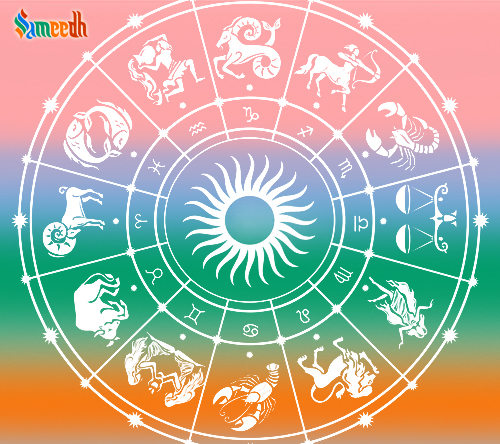Yin Yoga is a slow-paced style of yoga as exercise, incorporating principles of traditional Chinese medicine, with asanas that are held for longer periods of time than in other styles.

INTRODUCTION
Yin Yoga is a slow-paced style of yoga as exercise, incorporating principles of traditional Chinese medicine, with asanas that are held for longer periods of time than in other styles. Advanced practitioners may stay in one asana for five minutes or more. The sequences of postures are meant to stimulate the channels of the subtle body known as meridians in Chinese medicine and as nadis in Hatha yoga. A more meditative approach to yoga, its goals are awareness of inner silence, and bringing to light a universal, interconnecting quality.
ORIGIN
Yin Yoga was founded in the late 1970s by martial arts expert and Taoist yoga teacher Paulie Zink. Yin Yoga is taught across North America and Europe, encouraged by its teachers Paul Grilley and Sarah Powers. As taught by Grilley and Powers, it is not intended as a complete practice in itself, but as a complement to more active forms of yoga and exercise. However, Zink’s approach includes the full range of Taoist yoga, both yin and conventional.
ANCIENT PRACTICE
Tao yin included poses like those of Yin Yoga in the system of Neidan (internal alchemy), intended to improve health and longevity. Taoist priests taught long-held poses, along with breathing techniques, to Kung Fu practitioners beginning 2000 years ago, to help them fully develop their martial arts skills.
MODERN-DAY PRACTICE
Long-held postures have been used both in India’s Hatha yoga and in China’s Tao yin. For example, B. K. S. Iyengar recommended holding Supta Virasana (reclining hero pose) for 10–15 minutes. The practice of a series of long-held floor poses was introduced in North America in the late 1970s by the martial arts champion Paulie Zink. In the late 1970s, Zink began to teach a synthesis of hath yoga with Taoist yoga, as well as postures, movements and insights that he had developed himself. He later called this synthesis ‘Yin and Yang yoga,’ or ‘Yin yogaa’ for short.
Yin yogaa is based on the Taoist concepts of yin and yang, opposite and complementary principles in nature. Yin could be described as stable, immobile, feminine, passive, cold, and downward moving. Yang is understood to be changing, mobile, masculine, active, hot, and upward moving. The sun is considered yang, the moon yin. In the body, the relatively stiff connective tissues (tendons, ligaments, fascia) are considered yin, while the more mobile and pliable muscles and blood are called yang. More passive asanas in yogaa are considered yin, whereas the more active, dynamic asanas are described as yang.
He explained that in order to develop full flexibility, the student must restore his own primal nature, through several Taoist yogaa practices, as follows: yin asanas—mostly sitting or lying postures; yang asanas—more active, strenuous postures; Taoist Flow yoga—both yin and yang yogaa postures practiced in continuous, smooth and circular motions; Chi Kung—involving simple and gentle movement and breathing techniques; and Taoist alchemy—based, supposedly, upon the Taoist theory of the five elements used in Chinese medicine namely the Earth, Metal, Water, Wood, and Fire.
BENEFITS
Taoist alchemy purports to embody the energetic attributes of various animals and to enliven the five alchemical elements believed to be contained in the body’s energetic field, namely Earth, Metal, Water, Wood, and Fire. These are considered to animate distinct qualities in the body, namely calm, strength, fluidity, springiness and lightness, respectively. It bestows Strong muscles yet complete flexibility in the body with the mind that is calm. It gives fluidity of motion with springiness that comes from the feeling of being light.
To know more about Hinduism, its Vedic belief system, vedic lifestyle practices, etc. or to replenish your requirements of vedic pooja samagri, or to learn vedic practice systems like yoga, pranayam, etc. please visit our website Sameedh.
